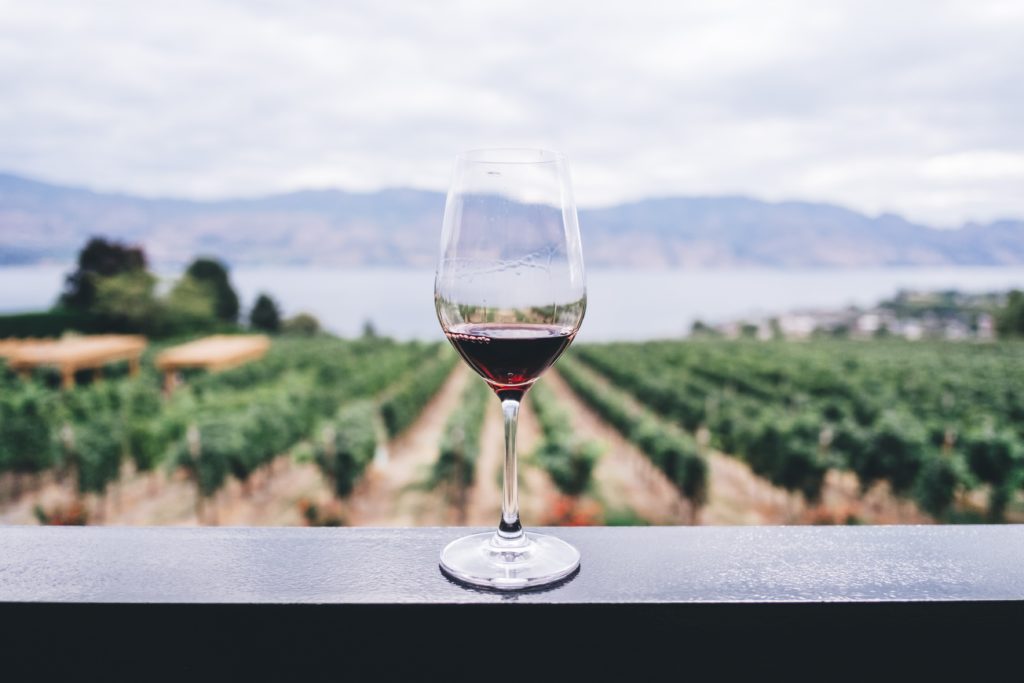Do you want to know what kind of wine you prefer? Take a look at just 18 distinct grape types, often known as international varietals. Light sweet white wines like Moscato and Riesling, as well as deep dark red wines like Syrah and Cabernet Sauvignon, are among them. Once you've tried all 18, you'll have an excellent understanding of the full wine spectrum. You'll also have a better understanding of your personal tastes. Pro tip: get a wine rack for fridge to keep your wine bottles chilly and secure.
Which Wine Regions Are the Most Popular? The fact that Italy, France, and Spain are the world's top three wine producers tells you three things. For starters, they undoubtedly produce the majority of the world's bulk wine. Two, they make some of the best wine on the planet. Finally, all of the world's most popular wine varieties are produced in France, Italy, and Spain.

Why do certain wines have a tangier flavor than others? Learn about the essential properties of wine now that you know what it is and where it comes from. Some wines have a tangy flavor. Acidity refers to the tartness of wine. The alcohol content of some wines will warm/burn the back of your throat. Finally, tannin is a bitter/dry aftertaste that some wines leave in your tongue. Learn the fundamental properties of wine so that you may better explain what you enjoy.There are five basic characteristics of wine.
How can a wine that doesn't have sugar taste sweet? This is known as fruit forward in the wine industry. How can a perfectly dry wine (one with no residual sugar) seem sweeter than other wines? This phenomena is influenced by a number of factors, including grape varietal, geography, and oak age. If you compare a Malbec from France to one from Argentina, you'll notice that the latter is sweeter. The flavor is heavily influenced by the place where the grapes are grown.
When should you frink most wines? 90% of wine is intended to be consumed within the first year of its release. This is a proven fact. However, certain wines do improve with age. Do you want to discover what characteristics make a wine age well? There are four characteristics: Acidity, Tannin, Low Alcohol, and Residual Sugar are all factors to consider. Isn't it not what you expected?Is it worthwhile to keep wine in the cellar?
Why doesn't wine taste the same year after year? Do you ever have this happen to you? You come across a ridiculously good wine and purchase a large quantity of it. You eventually finish your stock and go out to get more, only to discover that the new wine does not taste the same as the old. You are not insane. Check the vintage; you're most likely suffering from Vintage Variation. In cooler temperate locations, vintage variation is more common. If you enjoy Pinot Noir, pay attention to the vintage. Your favorite wine is affected by vintage variation.
It's an adventure to drink wine. If you're just drinking the same old trash to get drunk, you're missing out on all of wine's distinctive qualities. Wine is a perfect complement to life's experiences, regardless of where you are or who you're with. Peaks and valleys will always exist. Experiment and try different things to broaden your understanding. If you ask a wine connoisseur what their favorite wine is, they will never give you a straight answer since they genuinely enjoy all of them. So, as you can see, there's no mention of how wine is made or the subtleties of wine color because those aren't as significant. Remember to observe what you're drinking and utilize your findings to make educated estimates when looking for new wine.



